News

Thanks to his research into motor skills and the science of movement, School of Biological Sciences Professor T. Richard Nichols is named a honorary member of the American Physical Therapy Association.

Films, gels, liquids and liquid crystals, all kinds of soft matter and polymers can be acted upon and combined for new functions and uses. Bringing intelligence to advanced materials is the goal of a new collaborative and interdisciplinary …

In findings that could mean better robots and prosthetics, Georgia Tech researchers show it is biomechanically possible for flamingos to stand and even sleep on one leg with little muscle effort.

A new analysis of decades of data on oceans across the globe has revealed that the amount of dissolved oxygen contained in the water – an important measure of ocean health – has been declining for more than 20 years.
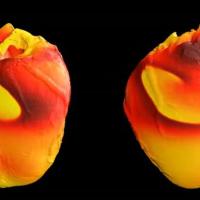
Sudden cardiac death resulting from fibrillation – erratic heartbeat due to electrical instability – is one of the leading causes of death in the United States. Now, researchers have discovered a fundamentally new source of that electrical…
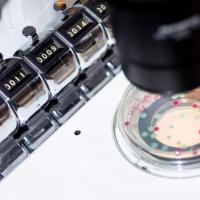
Being first in a new ecosystem provides major advantages for pioneering species, but the benefits may depend on just how competitive later-arriving species are. That is among the conclusions in a new study testing the importance of “first arrival…

New research from Dixon and Vannberg labs illuminate critical role of courier nanoparticles
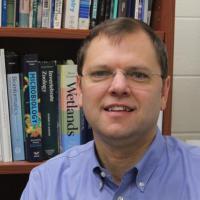
What can microorganisms teach us about climate change? Plenty, because microbes respond, adapt, and evolve faster than other organisms. Scientists can discover how microorganisms will change because of global warming more quickly than is possible…

On the early Earth, methane production could have persisted in rust-free patches of ancient seas. Unlike the situation in today’s well-aerated oceans, where most natural gas produced on the seafloor is consumed before it can reach the surface,…

Lisa D. Redding is the recipient of the 2017 Outstanding Graduate Academic Advising – Staff Award. Redding is the academic program coordinator for two Ph.D. programs: the …
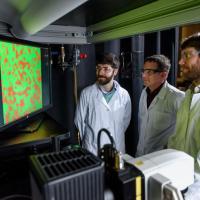
The National Science Foundation's "Discovery Files" radio feature has highlighted the work of Brian Hammer,…
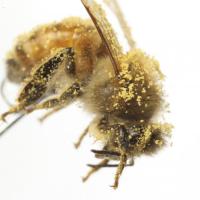
A honeybee can carry up to 30 percent of its body weight in pollen because of the strategic spacing of its nearly three million hairs. The hairs cover the insect’s eyes and entire body in various densities that allow efficient cleaning and…

This two-day workshop on the theme of "Stochastic Gene Expression" will be taught by Joshua Weitz and is bilingual. You can learn in MATLAB or Python.
The donor for Dunn Family Institute Chair at Georgia Tech requested that the inaugural award be in the School of Physics. College of Sciences Dean Paul Goldbart had an idea: Split the endowment between two physics faculty members.

A little empathy can go a long way toward ending infectious disease outbreaks. That’s a conclusion from researchers who used a networked variation of game theory to study how individual behavior during an outbreak of influenza – or other…
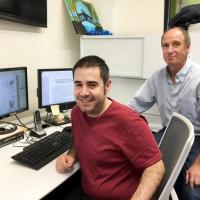
Researchers have successfully identified biological signatures in pediatric patients with newly diagnosed Crohn’s disease (CD) capable of predicting whether a child will develop disease-related complications requiring major surgery within three…

Raquel Lieberman has started the year with excellent news: She’s been asked to serve on the academic editorial board of a major scientific journal, and she and her research team can continue their work on early-stage glaucoma, thanks to this…
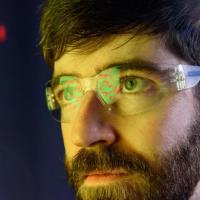
Could bacteria with aggressive weapons someday replace some antibiotics? Perhaps. Researchers are using math to predict cholera strains' effectiveness against competing cholera, as they stab and poison each other on the battlefield. Being…
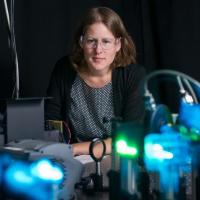
Petit Institute researcher elected as councilor in American Chemistry Society
